 A very interesting program coming up on the historic lighthouse tender ex-USCGC Lilac at Pier 25 on the Hudson River in Manhattan. From their press release:
A very interesting program coming up on the historic lighthouse tender ex-USCGC Lilac at Pier 25 on the Hudson River in Manhattan. From their press release:
Linked Dance Theatre will stage “Soul of the Sea,” a site-specific immersive dance performance on board the museum ship Lilac from June 7 to 11, 2016.
“Soul of the Sea” is an adaptation of Oscar Wilde’s “The Fisherman and his Soul.” Wilde’s short story tells of a fisherman who falls in love with a mermaid after catching her in his net, but discovers he must give up his soul in order to marry her.

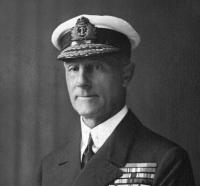
 What was the most dangerous service in World War II? The Army, the Navy, the Marines?
What was the most dangerous service in World War II? The Army, the Navy, the Marines? 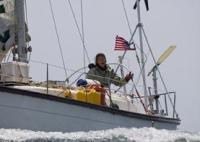 A few days ago, Donna Lange returned home to Narragansett Bay after completing her second solo circumnavigation on Inspired Insanity, her Southern Cross 28. An event was held in her honor at the Herreshoff Museum in Bristol, RI for family and friends to welcome her home.
A few days ago, Donna Lange returned home to Narragansett Bay after completing her second solo circumnavigation on Inspired Insanity, her Southern Cross 28. An event was held in her honor at the Herreshoff Museum in Bristol, RI for family and friends to welcome her home. 
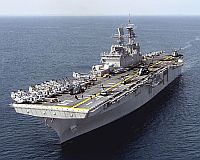 Yesterday thousands lined the shores of the Hudson to watch the
Yesterday thousands lined the shores of the Hudson to watch the  May 24th was not only the
May 24th was not only the 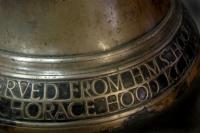 On May 24, 1941, the battlecruiser
On May 24, 1941, the battlecruiser  Starting Wednesday this week, the fleet will be in town, well part of it anyway, to celebrate the 28th observance of
Starting Wednesday this week, the fleet will be in town, well part of it anyway, to celebrate the 28th observance of 
 The website for the
The website for the 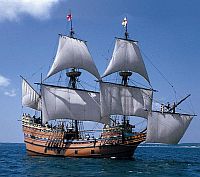 Mystic Seaport
Mystic Seaport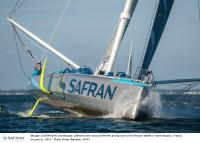 In December,
In December,  Last week we made a post with the headline,
Last week we made a post with the headline, 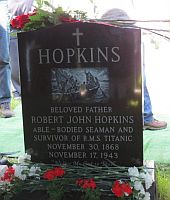
 Next week is a great week for oysters if you are in the Northeast. Next Thursday is the
Next week is a great week for oysters if you are in the Northeast. Next Thursday is the 
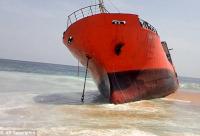 On May 4th, the 1441 DWT Panamanian registered product tanker
On May 4th, the 1441 DWT Panamanian registered product tanker  Sailors have long considered Friday to be an unlucky day and Friday the 13th, particularly so. On this Friday the 13th, it seems appropriate to remember the unlikely tale of
Sailors have long considered Friday to be an unlucky day and Friday the 13th, particularly so. On this Friday the 13th, it seems appropriate to remember the unlikely tale of